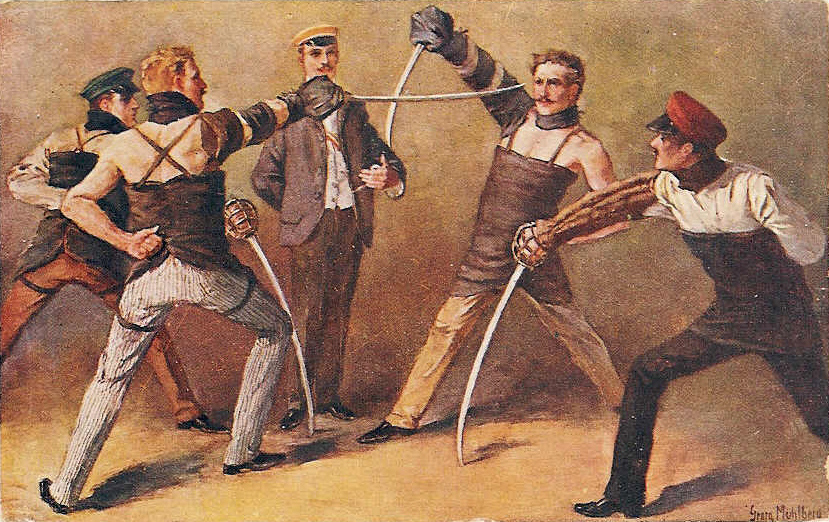
Private lessons are not a luxury in the sport of Fencing—they’re a necessity, an investment in expanding the athlete’s repertoire, gaining an advanced tactical understanding, and building a bond with one’s coach.
It’s no surprise that parents beginning in the sport have a healthy skepticism regarding their value, given their price and length. Lessons will typically range for 20 minutes with a nationwide median price point of ~$40 (my estimate), making them an expensive addition to an already pricey sport.
The reasoning behind the length of lessons boils down to this: over-inundation of information is counterproductive and a hindrance to the athlete’s learning curve.
To the naked eye of a new parent, fencing looks like a simple game of “hit other guy with pointy end.” Beneath that simplicity, your child is learning a variety of subtle technique, including proper movement of the hand, movement of the feet, distance control, and blade leverage, all while enduring a physically and mentally demanding lesson that is forcing them to digest loads of information in a short period of time.
Imagine a piano lesson in which the student’s goal is to learn Liszt’s Études d’exécution transcendante. To expect to teach such a complex piece in a single lesson would be impractical. Perhaps, the teacher would plan to teach the student a few measures at a time, adjusting to the student’s proficiency and competence. Perhaps, as the student fails (as anyone does in the learning process), his frustration begins to mount to the point it stifles his ability to learn the piece further in that moment.
Time goes on, and 30 piano lessons later, and after rigorous practice, the student can play through, but further refinement is necessary. The student plays the piece mechanically, negating the emotional components; or perhaps the student lacks the touch and intonation necessary to resonate with the listener.
The same, subtle nuances a piano teacher corrects in a lesson are akin to those a fencing coach must fine-tune. The short length of a lesson provides the student with just enough iotas of information to subsequently apply to practice bouting and tournaments thereafter. Just as a piano teacher would not urge his student to learn Beethoven’s Pathetique in one sitting, a fencing coach would not expect mastery of a Chamley-Watson or an aerial Heinzer backflick in a single lesson.
A twenty minute fencing lesson is an investment in the tiny building blocks that progress the fencer through his/her learning curve. Longer than that, and the fencer has too much to think about, too many mistakes to turn into corrections, and a wide-open door for repeated lesson failures—ultimately affecting the fencer’s confidence and commitment to applying what s/he’s learned.
The lesson may be short in length and lacking in an immediate, visible return on investment (in the short run), but the twenty minute lesson is the most valuable expenditure a parent can make on the athlete to plant the seeds for long-term success. As Jim Cramer would say on Mad Money: “buy, buy, buy.”